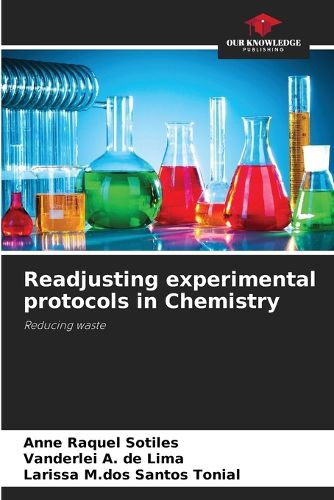Readings Newsletter
Become a Readings Member to make your shopping experience even easier.
Sign in or sign up for free!
You’re not far away from qualifying for FREE standard shipping within Australia
You’ve qualified for FREE standard shipping within Australia
The cart is loading…






This title is printed to order. This book may have been self-published. If so, we cannot guarantee the quality of the content. In the main most books will have gone through the editing process however some may not. We therefore suggest that you be aware of this before ordering this book. If in doubt check either the author or publisher’s details as we are unable to accept any returns unless they are faulty. Please contact us if you have any questions.
The aim of this work was to readjust the practical classes carried out in the first year of secondary school at a school, with a view to cost-effectiveness in terms of reducing the cost of reagents, but above all to reducing the waste generated in these practical classes. In the case of an educational institution, it should focus on making its students aware of the environmental impacts caused by excessive waste, guided by the concepts of Green Chemistry and Environmental Chemistry and sustainability, with a view to reducing the time, energy and materials needed to treat waste.
$9.00 standard shipping within Australia
FREE standard shipping within Australia for orders over $100.00
Express & International shipping calculated at checkout
This title is printed to order. This book may have been self-published. If so, we cannot guarantee the quality of the content. In the main most books will have gone through the editing process however some may not. We therefore suggest that you be aware of this before ordering this book. If in doubt check either the author or publisher’s details as we are unable to accept any returns unless they are faulty. Please contact us if you have any questions.
The aim of this work was to readjust the practical classes carried out in the first year of secondary school at a school, with a view to cost-effectiveness in terms of reducing the cost of reagents, but above all to reducing the waste generated in these practical classes. In the case of an educational institution, it should focus on making its students aware of the environmental impacts caused by excessive waste, guided by the concepts of Green Chemistry and Environmental Chemistry and sustainability, with a view to reducing the time, energy and materials needed to treat waste.